
Vittorio De Sica was an Italian film director and actor, a leading figure in the neorealist movement.

Laurette Marcia Gemser is an Indonesian-Dutch retired actress, model and costume designer. She is primarily known for her work in Italian erotic cinema, most notably the Emanuelle series. Many of her films were collaborations with directors Joe D'Amato and Bruno Mattei.
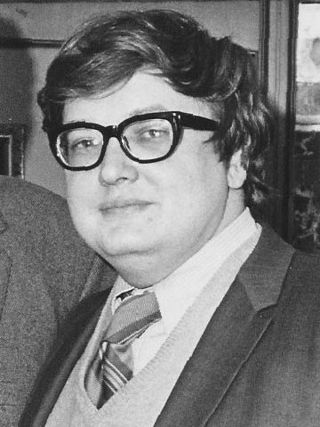
Roger Joseph Ebert was an American film critic, film historian, journalist, screenwriter, and author. He was a film critic for the Chicago Sun-Times from 1967 until his death in 2013. In 1975, Ebert became the first film critic to win the Pulitzer Prize for Criticism. Neil Steinberg of the Chicago Sun-Times said Ebert "was without question the nation's most prominent and influential film critic," and Kenneth Turan of the Los Angeles Times called him "the best-known film critic in America."

Scaramouche or Scaramouch is a stock clown character of the 16th-century commedia dell'arte. The role combined characteristics of the Zanni (servant) and the Capitano, with some assortment of villainous traits. Usually attired in black Spanish dress and burlesquing a don, he was often beaten by Harlequin for his boasting and cowardice.

Eugene Kal Siskel was an American film critic and journalist for the Chicago Tribune. Along with colleague Roger Ebert, he hosted a series of movie review programs on television from 1975 until his death in 1999.
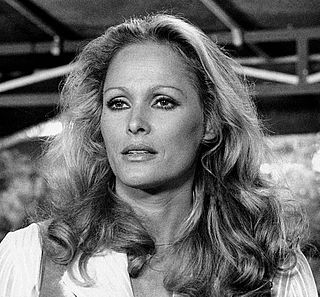
Ursula Andress is a Swiss-German actress, former model and sex symbol who has appeared in American, British and Italian films. Her breakthrough role was as Bond girl Honey Ryder in the first James Bond film, Dr. No (1962). She later starred as Vesper Lynd in the 1967 Bond parody Casino Royale. Other credits include Fun in Acapulco (1963), 4 for Texas (1963), She (1965), The 10th Victim (1965), The Blue Max (1966), The Southern Star (1969), Perfect Friday (1970), Red Sun (1971), The Sensuous Nurse (1975), Slave of the Cannibal God (1978), The Fifth Musketeer (1979), Clash of the Titans (1981), and Peter the Great (1986).
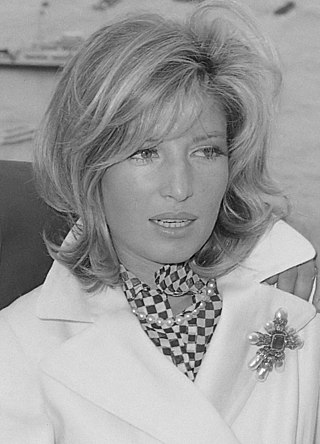
Monica Vitti was an Italian actress who starred in several award-winning films directed by Michelangelo Antonioni during the 1960s. She appeared with Marcello Mastroianni, Alain Delon, Richard Harris, Terence Stamp, and Dirk Bogarde. On her death, Italian culture minister Dario Franceschini called her "the Queen of Italian cinema".

Hercules is a 1983 Italian-American science fantasy adventure film written and directed by Luigi Cozzi and starring Lou Ferrigno. The film is based on Greek mythology and follows the exploits of Hercules. Ferrigno repeated his role in the 1985 sequel, The Adventures of Hercules.

George of the Jungle is a 1997 American comedy film directed by Sam Weisman and based on Jay Ward and Bill Scott’s 1967 American animated television series of the same name, which in turn is a spoof of the fictional character Tarzan, created by Edgar Rice Burroughs. The film was produced by Walt Disney Pictures and was released in theatres throughout the United States and Canada on July 16, 1997. It was later aired on Disney Channel in the United States on December 5, 1998. It stars Brendan Fraser as the title character, a primitive man who was raised by animals in an African jungle, Leslie Mann as Ursula, George's love interest, and Thomas Haden Church as her treacherous former fiancé. The film received mixed reviews and grossed $174 million worldwide. A sequel, George of the Jungle 2, was released direct-to-video on October 21, 2003.
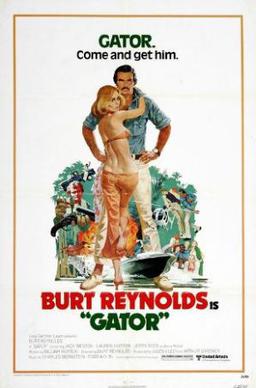
Gator is a 1976 American action comedy film and a sequel to White Lightning starring and directed by Burt Reynolds in his directorial debut.

The Loves of Hercules is a 1960 international co-production film starring Jayne Mansfield and her then husband Mickey Hargitay. The film was distributed internationally as Hercules vs. the Hydra.

Fabio Testi is an Italian actor. After growing up witnessing film work done around Lake Garda, Testi entered the sets of the film and began work as a stuntman and a double on set, where he worked as a stuntman on The Good, the Bad and the Ugly. Testi continued stunt work and getting roles in low budget genre films until he was cast in Vittorio De Sica's film The Garden of the Finzi-Continis. Following this film, Testi became a star in Italy, appearing in some artistic films by Giuseppe Patroni Griffi and Claude Chabrol. Testi also continued to work in poliziotteschi genre films in the 1970s as well as a few gialli, and gained infamy for his publicised relationships with actresses Ursula Andress and Charlotte Rampling.
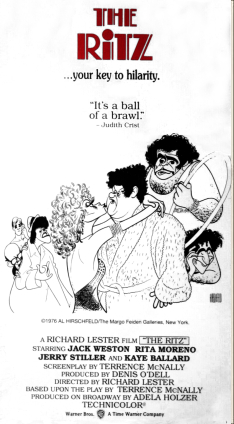
The Ritz is a 1976 British-American comedy farce film directed by Richard Lester based on the 1975 play of the same name by Terrence McNally. Actress Rita Moreno – who had won a Tony Award for her performance as Googie Gomez in the Broadway production – and many others from the 1975 original cast, such as Jack Weston, Jerry Stiller, and F. Murray Abraham, reprised their stage roles in the film version. Also in the cast were Kaye Ballard and Treat Williams. The film, Jack Weston, and Rita Moreno all received Golden Globe nominations in the comedy category. It opened to mixed reviews.

Luigi Cozzi is an Italian film director and screenwriter. At a young age, Cozzi became a fan of science fiction and began his career as an overseas correspondent for Western film magazines. After directing his first film The Tunnel Under the World, Cozzi befriended director Dario Argento and began working with him in film and television as well as directing his own features including Hercules as well as continuing work with Argento. In the 2010s, he returned to directing with the film Blood on Méliès' Moon.

Maurizio Arena was an Italian film actor. He appeared in more than 70 films between 1952 and 1978.
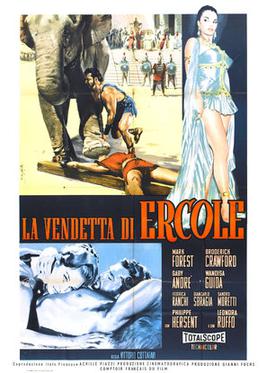
Goliath and the Dragon is a 1960 international co-production sword-and-sandal film starring Mark Forest and Broderick Crawford. The name of the main character was changed from Hercules to Emilius for release in North America by American International Pictures to sell it as a sequel to their earlier Goliath and the Barbarians (1959).

St. Ives is a 1976 American crime thriller film directed by J. Lee Thompson and starring Charles Bronson, John Houseman, Jacqueline Bisset, and Maximilian Schell.
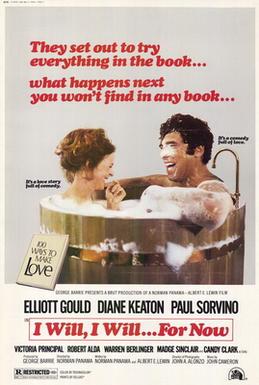
I Will, I Will... for Now is a 1976 American romantic-comedy film directed by Norman Panama. It stars Elliott Gould and Diane Keaton.

Norman... Is That You? is a 1976 American comedy film directed by George Schlatter and starring Redd Foxx and Pearl Bailey. It is based on the play Norman, Is That You? The film version changes the locale from New York City to Los Angeles and substitutes an African American family for a Jewish family in the original play.
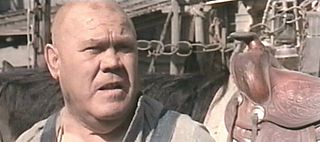
Veriano Ginesi was an Italian actor.




















